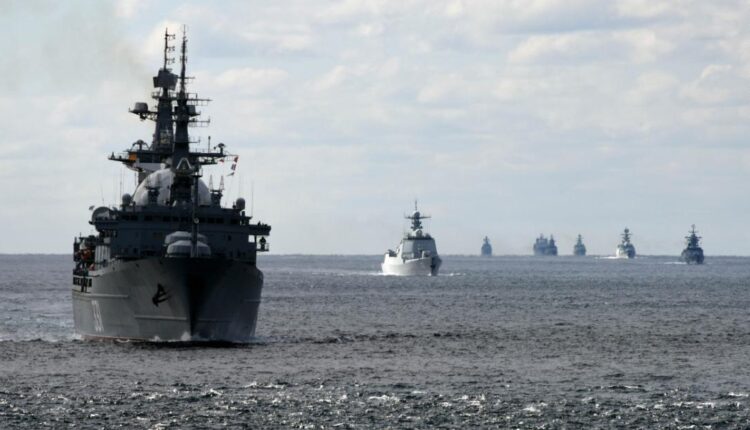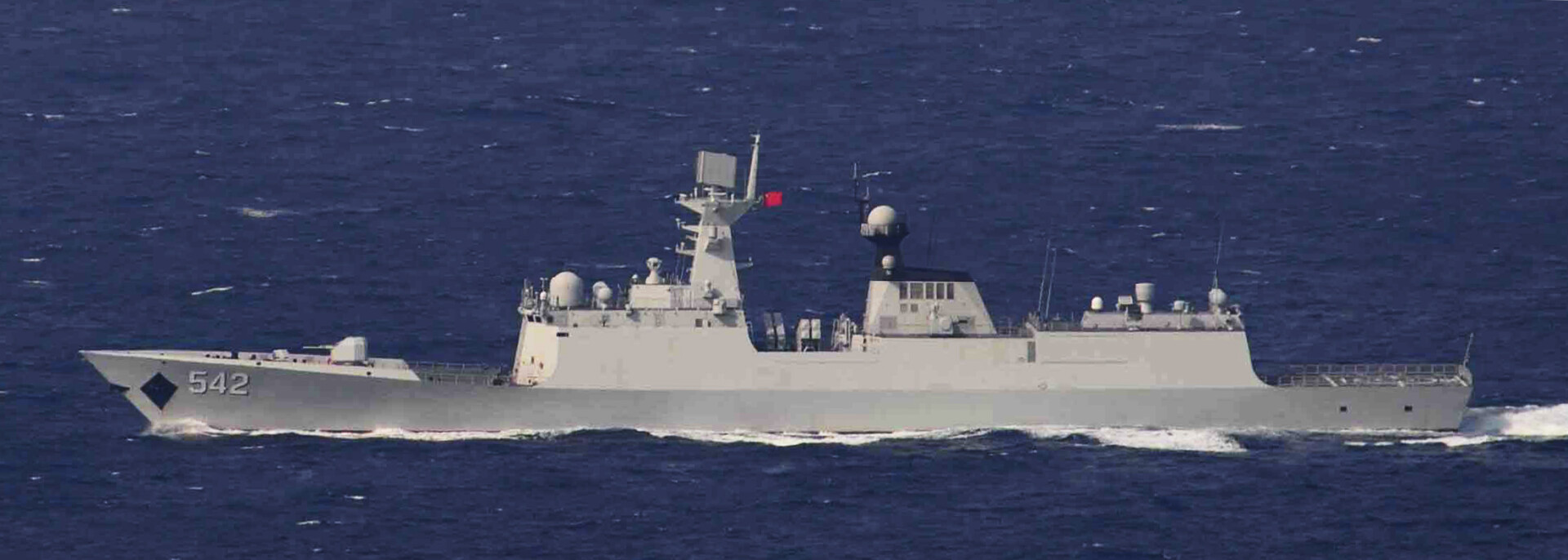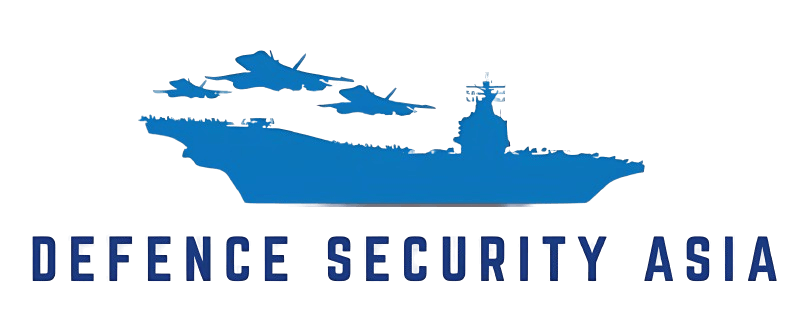Russian, Chinese Warships Provocatively Approach US Waters in Alaska in August
When the military actions of Russia and China were reported by the media, The Wall Street Journal described the presence of Russian and Chinese warships near U.S. waters as "highly provocative," citing ongoing warfare in Ukraine and China's aggressive posture around Taiwan.


(DEFENCE SECURITY ASIA) – Last August, in what was characterized by U.S. leadership as a “historic” incident unprecedented in its nature, a total of 11 warships belonging to Russia and China were detected conducting war exercises and patrols in the Aleutian Islands in the waters off Alaska.
Alaska is one of the states in the United States located in the northernmost region of North America, with its waters bordering the Bering Strait.
It is the U.S. territory closest to Russia, with Little Diomede Island (owned by the U.S.) situated approximately 4 km from Big Diomede Island (owned by Russia).
When the military actions of Russia and China were reported by the media, The Wall Street Journal described the presence of Russian and Chinese warships near U.S. waters as “highly provocative,” citing ongoing warfare in Ukraine and China’s aggressive posture around Taiwan.
Alaska’s Republican Representative, Senator Dan Sullivan, reportedly told Fox News that the actions of Russian and Chinese warships in waters so close to U.S. territorial waters had never occurred before.

He emphasized, “This has never happened before, especially involving the scope and size of the naval fleets of Russia and China, which are closely cooperating.”
“Whether you live in Alaska or elsewhere in the United States, the presence of warships from two ‘rival’ nations so close to the United States is a cause for concern,” he added.
Senator Sullivan mentioned that the incident took place in August.
In response to the presence of 11 Russian and Chinese warships near its territorial waters in Alaska, the U.S. Navy deployed four of its destroyers and a maritime patrol aircraft P-8 “Poseidon” to shadow the movements of these “enemy” vessels.
A similar incident occurred last year, but the number of Russian and Chinese warships involved this time was significantly larger.
The fleet of warships engaged in the exercise included Russian destroyers RFS Admiral Panteleyev (548) and RFS Admiral Tributs (564), corvette RFS Gremyashchiy (337), RFS Hero of the Russian Federation Aldar Tsydenzhapov (339), and the oil tanker Pechenga.

The Chinese warships included the destroyers CNS Guiyang (119) and CNS Qiqihar (121), frigate CNS Zaozhuang (542), CNS Rizhao (598), and the oil tanker CNS Taihu (889).
The Russian Ministry of Defense issued a statement reporting that its fleet, along with China, is now in the Bering Strait after sailing through the Sea of Japan, La Perouse Strait, Okhotsk Sea, and Kamchatka Strait.
Several months before the August incident, senior U.S. military officials expressed concerns about the increased frequency of “appearances” of Russian nuclear-powered submarines in coastal waters near the United States.
As reported by Newsweek, the rising frequency of appearances of Russian nuclear-powered submarines in U.S. coastal waters, as stated by senior U.S. military officials, poses a genuine threat to the nation’s security.
According to U.S. military officials, the increased frequency of “appearances” of Russian nuclear-powered submarines in the country’s coastal waters occurs even as Moscow is engaged in conflict with Ukraine.

Michael Peterson, director of the Russia Maritime Studies Institute (RMSI), who researches the Russian military, stated that there are many signs indicating that Russia is deploying many of its nuclear-powered submarines to coastal waters near the United States.
This deployment is not only targeted at U.S. coastal areas but also in the Mediterranean and around Europe.
The researcher noted that Moscow’s current actions are similar to those of the Soviet Union during the tensions of the Cold War.
Russia’s naval strategy becomes clearer as President Vladimir Putin reviews several of its naval assets, including its latest nuclear-powered submarine, Generalissimus Suvorov, capable of launching nuclear-guided missiles.
According to the Russian president, the country will build more nuclear-powered submarines to “ensure the nation’s security for decades to come.” — DSA

DEFENCE SECURITY ASIA APPS
To advertise contact: lulwabyadah@gmail.com

Comments are closed.